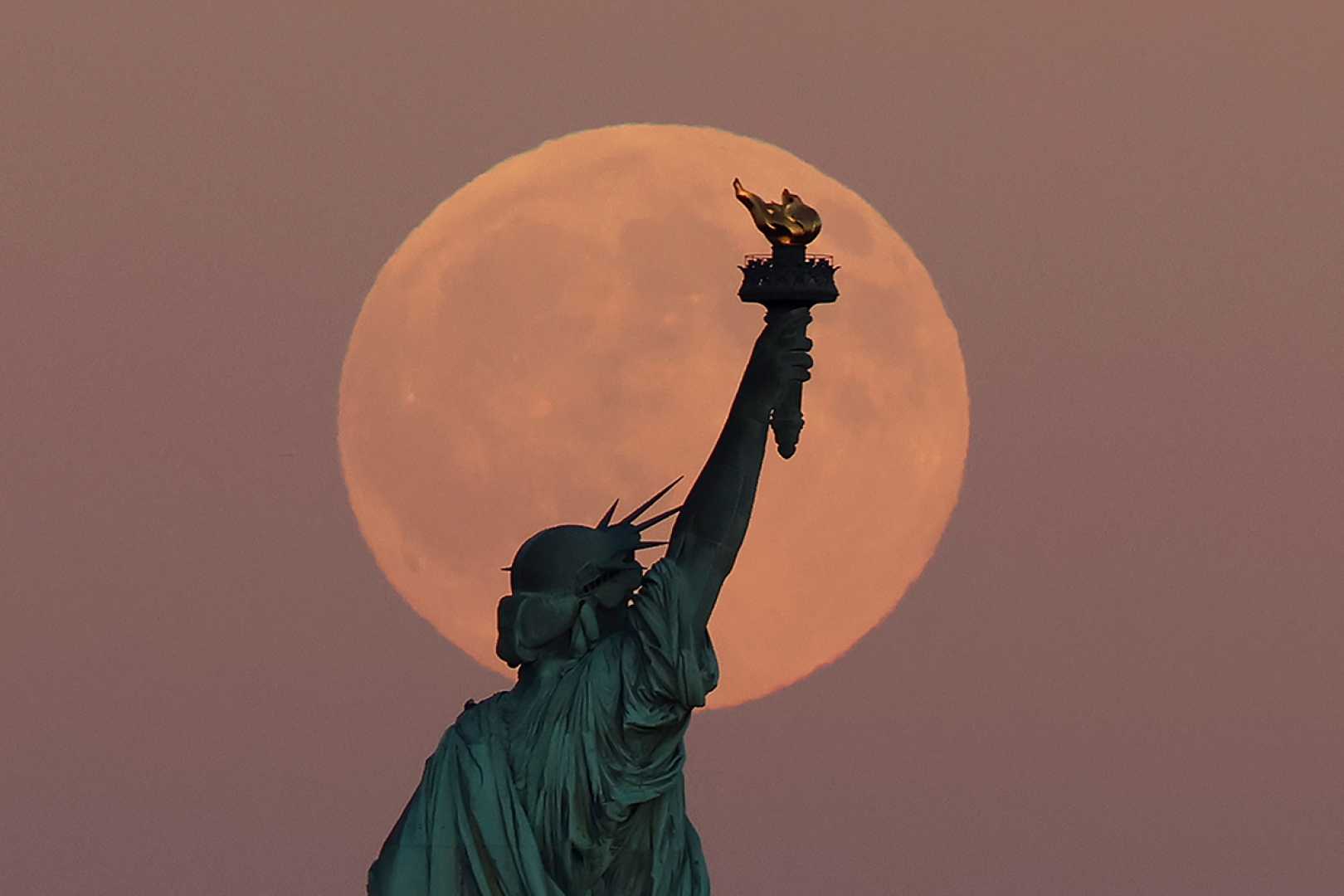October’s Harvest Supermoon to Illuminate Night Sky

LOUISVILLE, Ky. — The first supermoon of 2025, known as the Harvest Moon, will brighten the night sky on October 6. It will reach its full phase at 11:48 p.m. EDT, offering a magnificent sight for stargazers.
This full moon, a name derived from its proximity to the autumn equinox, traditionally guided farmers in completing their harvests before the arrival of non-natural light sources. It marks a significant time for many as it illuminates the fields during the critical harvest period.
The Harvest Moon will appear larger and brighter due to its proximity to Earth in its orbit, also known as perigee. As the moon rises in the eastern sky at sunset, observers may notice a yellow-orange hue as the atmosphere scatters blue wavelengths of light.
Noah Petro, project scientist for NASA’s Artemis III mission, notes, “If it’s cloudy on the 6th, you can look on the 7th; the moon will still look fairly full.” Stargazers are encouraged to watch throughout the week and month to notice changes in the moon’s appearance.
This will be the first of three supermoons occurring consecutively in October, November, and December 2025. Petro mentions that the upcoming October moon holds special significance as Artemis II will launch early next year, involving astronauts returning to the lunar surface.
“What makes the moon on October 6 special is that we have an opportunity coming up very soon for humans to visit,” Petro said.
Accompanied by the Harvest Moon, the Draconid meteor shower will also grace the night sky from October 6 to 10. Observers can look northward to potentially see up to 10 meteors per hour. Following that, the Orionid meteor shower will peak on October 21, offering another chance to witness celestial activity.
Those hoping to capture stunning images of the Harvest Supermoon can submit their photos to Space.com for a chance to be featured. Meanwhile, preparation for viewing equipment, such as telescopes and binoculars, is encouraged to fully appreciate the details of the lunar surface.
